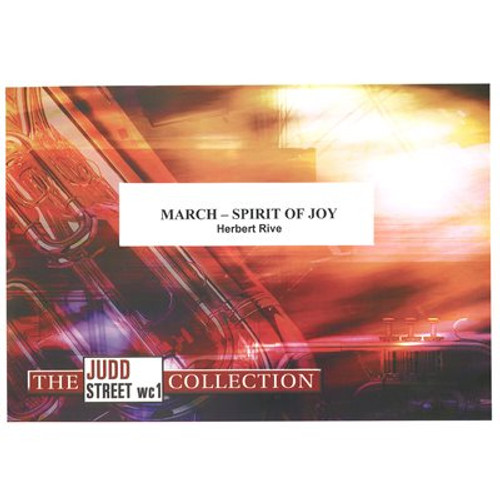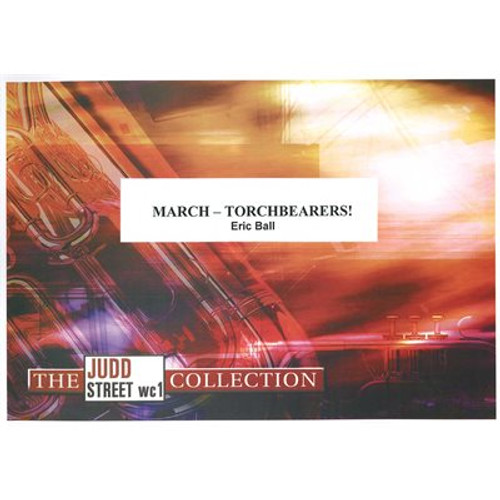Product Description
Comments by George Marshall
The introduction to this march is but eight bars long, and in this there are three points for close examination: the strongly marked quaver chords in bars 1, 2, 3 and 4, two somewhat awkward leaps for solo and 1st cornets, and a strongly emphasized figure, moving in contrary motion, for the bass end. The rhythmic figures require smart and rapid action of the tongue, and some agility will be needed to execute the leaps in keeping with good taste.
A few details will be noted at letter A. The staccato and tenuto signs written here are not spectacular, but real, and have true significance. Mark them! The air is typical, as is also the counter-melody given to solo horn, 1st baritone and euphonium, and whilst these are generally outstanding, the accompaniment is nonetheless important. Permit all to combine mutually to induce the spirit of joyful praise.
At B the melody is of an undulating character, being slightly imitated by the baritones and tenor trombones. The euphonium, observe, generally plays the bass parts after the beat. It also has a second counter-melody assigned to it towards the end of this section. Look out of these features.
A bass solo, in two parts, is presented at letter C, and for the purpose of clarity and appreciation, it is suggested better results will be obtained if this is rehearsed alone. The trumpeting parts are comparatively easy. Do not permit this section to lag at points where triplets appear. There may be a tendency to do so. It must be kept moving. Thereafter a portion of section B, now marked letter D, is repeated, with a short coda provided by ways of a Fine.
A special feature of this march is doubtless the song melody now appearing at letter E, set to the familiar song Praise, my soul, the King of Heaven. It is of a deeply devotional character, and in order to make it effective the vocal score has been closely followed in the arrangement. Let this section be really outstanding, and quite in keeping with the spiritual purpose attached to it.
The closing section at F stands out in marked contrast to the above, being of the style of the initial bars of this effort. Endeavor to maintain a spritely pace, and if all parts are accurately played, the results will be according to desire.
(view series guide)
Produced by The Salvation Army, SP&S, UK













